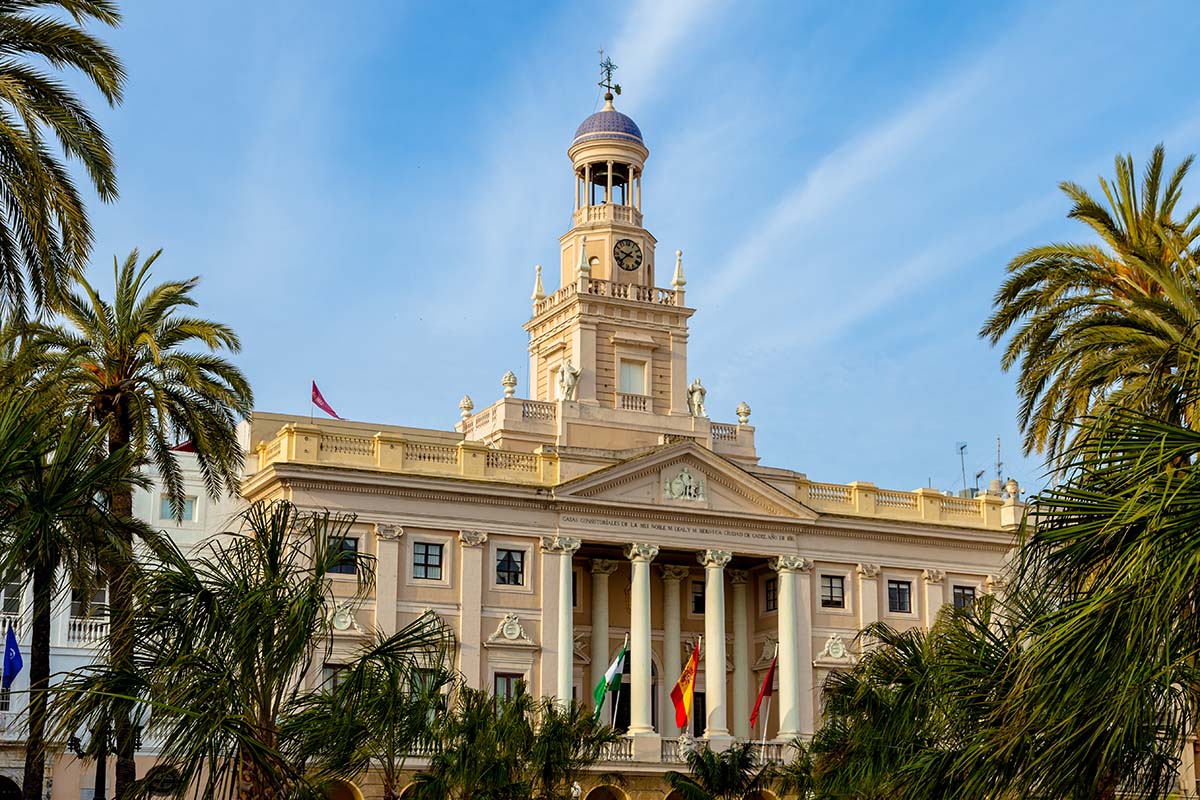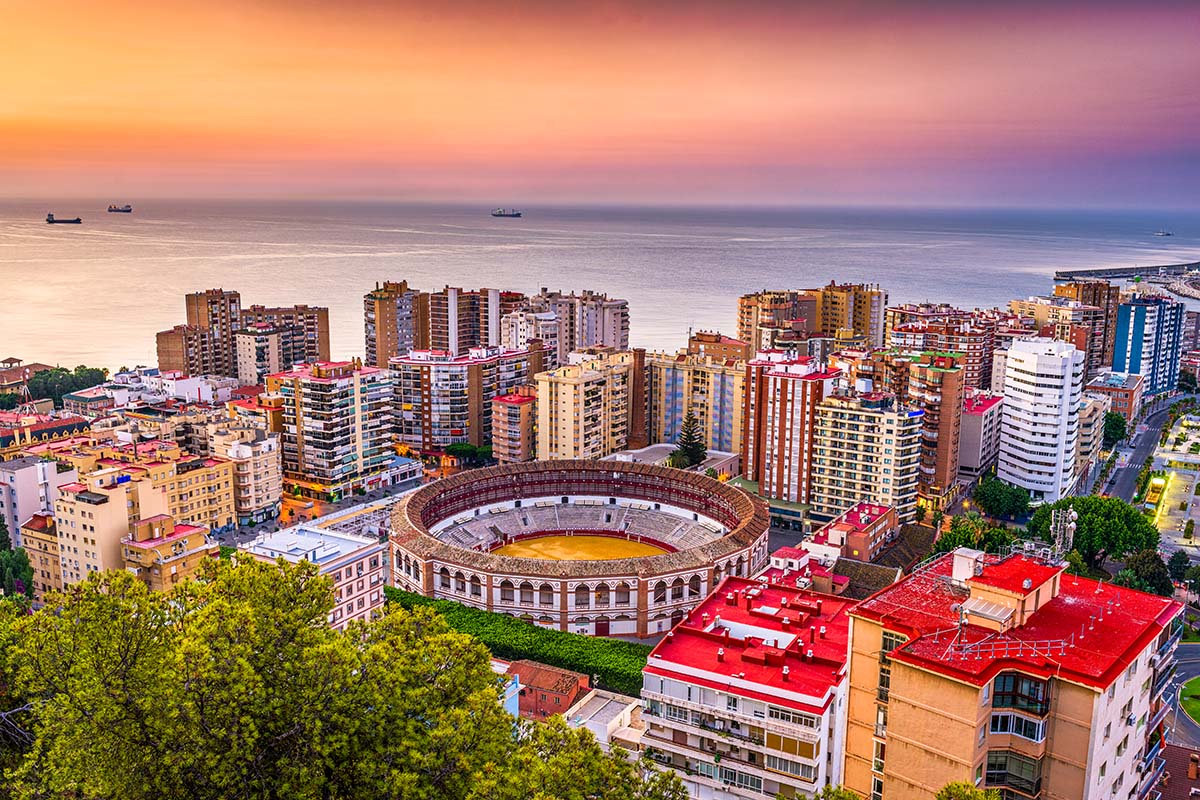
When buying property in Mallorca, the parties involved in the transaction face associated costs in the form of taxes, charges for the notary and lawyer, and various other fees. Let us review the once-off and fixed additional costs that occur in the process of acquiring Spanish housing.
Content:
- Expenses with the sale of a property
- Personal income tax
- Municipal capital gain tax
- Other expenses
- Expenses when buying a house
- Transfer tax (ITP)
- The land registry and notary office
- Withholding for non-residents
- The purchase of real estate by foreigners in the Balearic Islands
Expenses with the sale of a property
In the process of selling real estate, the seller may encounter the following expenses:
- the personal income tax;
- the municipal capital gains tax;
- other expenses.

Personal income tax
Owners of Spanish property who plan to sell are subject to income tax. Non-residents will be subject to non-resident income tax.
Capital gains from the property sale should be stated in the financial disclosure statement. This profit is calculated based on the gap between the sales value and the purchase value, which is refined using a special coefficient. This coefficient varies depending on the year of purchase of the housing unit.
The first €6,000 of capital gains are taxed at 21%, from €6,000 to €24,000 is taxed at 25%, and above this level, at 27%.
A capital loss is considered if a property is sold for a price less than its original cost. In this case, you do not need to pay income tax.
The law exempts from the payment of income tax those taxpayers who sell their main residence (if they have been living there for at least 3 years) and reinvest the profits (or part of), in the acquisition of another home as their new primary residence.
The exemption applies only to the percentage of the income used to purchase another property and should be paid within less than 2 years of the date of transfer, regardless of the pre-agreed terms or payment methods. The remaining amount will be taxed.
The cost of a home is determined by adding three elements and subtracting a fourth:
- The purchase amount. If the housing unit is bought for a valuable remuneration, the actual amount for which it was acquired is considered the original purchase price.
- The cost of investment and improvements. If the acquired properties require additional investments and improvements, these expenses are added to the purchase price.
- Expenses and ancillary taxes. All costs and taxes related to the purchase and paid by the buyer (excluding interest) are added to calculate the acquisition value.
- Amortization. It lowers the cost of acquisition.
Municipal capital gain tax
Municipal capital gains tax is paid to the mayor's office at the property’s location. It is calculated based on the cadastral value of the unit and the number of years it has been owned. This calculation depends on the local council regulated by the Ley Reguladora de las Haciendas Locales. It is a must, depending on whether the sale is profitable or a loss. In the second case, payments can be avoided.
The capital gains tax is paid to the municipality within 30 working days of the signing of the sales contract.
The transfer value (the price set in transactions between related parties) is determined by calculating two items: the actual sale amount less the costs and taxes for the transfer, which is to be paid by the seller.

Other expenses
Paying off a loan early or subrogating a mortgage (when the owner assumes the debt) results in several fees. Currently, by law, these fees are a maximum of 0.5% of the loan capital for the first five years and 0.25% for the remaining period of the mortgage.
This financial cancellation of the loan should be notarized (the debt must also be canceled in the registry). The cost of notary services depends on the loan amount borrowed from the bank at that time.
In order to make sure that the property is debt-free, the seller needs to check the history of utility payments, IBI, garbage tax, etc. They have to be paid up by the property owner on the 1st of January of the year in which the transaction takes place. In other words, if a buying and selling transaction is submitted on January 2nd, the seller should pay all taxes for the current year, unless the parties agree otherwise.
The Energy Efficiency Certificate should not be forgotten. It has been mandatory since June 1st, 2013 for any house or building sold or rented out.
Expenses when buying a house
In the process of purchasing a home, the buyer may encounter the following expenses:
- transfer tax;
- value added tax;
- municipal capital gain tax;
- stamp duty;
- registration in the Land Registry;
- notary services;
- expenses when a purchase is made using a mortgage;
- withholding for non-residents.
Transfer tax (ITP)
The ITP is a regional tax levied on the purchase and sale of used real estate by individuals. It varies from 8 to 11% of the total cost of the unit, depending on its price:
- from €1,000,000 – 11%;
- €600,000 to €1,000,000 – 10%;
- €400,000 to €600,000 – 9%;
- up to €400,000 – 8%.
In 2019, the last tranche saw an innovation when the ITP was reduced from 8% to 5%. This is for cases where the real property value does not exceed €200,000 and is the first home of the buyer.
Value Added Tax (VAT)
If a home is new, then value added tax, or VAT, will be applied instead of ITP (Impuesto sobre el Valor añadido or IVA). In this case, there is a 10% fixed rate.
Municipal capital gain tax
Local councils have established another tax related to buying and selling real estate. This is a municipal capital gain tax charged on the increase in the value of urban land.
This amount is variable (it depends on several factors such as the plot size, the cadastral value, the years the property was owned by the seller, etc.) and, according to the law, it is the seller who should pay it.
Stamp Duty (IAJD)
This tax also rests on the shoulders of the buyer when purchasing a new ready-made property in Ibiza and is determined by the Autonomous Community. It equals 1.2% in the Balearic Islands.
Thus, when purchasing a new build, the buyer needs to pay a tax of 11.2% (10% VAT and 1.2% IAJD).
Consideration needs to be given to the management costs that are expected when buying a property in Ibiza.
The land registry and notary office
In order to purchase a property in Ibiza, it is necessary that the transaction be notarized and registered at the Land Registry.
Notary services and their cost will depend on the property price, the number of pages, the number of documents included, etc. These services and registration in the Land Register shall be paid in accordance with the tariffs set by the local administration.
Expenses derived from a purchase using a mortgage
The distribution of formalization costs during the process of registering a mortgage loan is now more or less clear (after going through a series of court procedures and changes in legislation). Let us now review expenses paid by the bank and by the client.
The client should pay for the evaluation and obtain a copy of the act. The bank should pay the agency, the notary's office, and the Registrar, and cover the stamp duty (IAJD).
Withholding for non-residents
The Spanish Tax (Hacienda) withholds a 3% tax of the property value from non-resident sellers, which must be paid within 30 days. This withholding is viewed as a payment on account of capital gain tax after the sale. This wealth increase should be claimed within 4 months after the property sale.
House prices in Spain differ from region to region. The average housing cost exceeds €311,000 in the Balearic Islands. For the exact price, you can buy up to three houses in Extremadura, Castilla-La Mancha, or Asturias.
In the 2021 Real Estate Yearbook by the Registrar Association, in the Balearic Islands, the average home price was €311,503, which is higher than the average in Madrid (€291,763), the Basque Country (€246,761), and Catalonia (€212,145). These four communities exceed the national average of €179,887.
On the other hand, in Extremadura, the average price is €81,102, which is way below the following regions in terms of availability: Castilla-La Mancha (€97,465), Murcia (€102,581), La Rioja (€107,708), Castille and León (€109,721), and Asturias (€116,535).
Navarre (€171,961), the Canary Islands (€162,086), Andalusia (€157,729), Cantabria (€145,331), the Valencian Community (€133,136), Aragon (€129,472), and Galicia ( 128,381 euros) are in the middle.

The purchase of real estate by foreigners in the Balearic Islands
The volume of foreign investments in Spanish real estate, as noted by the Association of Registrars, increased in seven locations last year. This growth is the most obvious in the Balearic Islands (3.03%). They continue to be the most attractive territory for foreign citizens in this sector, accounting for almost a third (32.67%) of the total number of sales and purchases.
In the Canary Islands, the same rate is 23.73%, in the Valencian Community it is 20.81%, in Murcia – 16.92%, in Andalusia – 11.48%, and in Catalonia – 11.05%.
On the whole, in Spain in 2021, demand from foreigners increased from 47,500 transactions in 2020 to 61,000 in 2021, although they reached only 10.8% of the total transactions compared to 11.3% in the previous year. This indicates a decrease in the share of foreign buyers of Spanish property.
Among foreign buyers, the British are still in the lead in half of the provinces of Andalusia (Cadiz, Malaga, Granada, and Jaen), Murcia, and Alicante. The Germans are in the lead in the Balearic and Canary Islands, the Italians lead in the province of Barcelona, and the Portuguese in Galicia. Ourense is the exception, with the Colombians on top.
If the analysis is focused on the number of provinces with predominating nationalities, then Romanians are the most popular foreign buyers in many provinces of Spain, including the northern ones. Moroccans, as expected, take the leading place among foreigners in several provinces of Andalusia and Extremadura, and other northern Spanish provinces.
In their report, the registrars emphasize that the growing trend in demand for larger housing continued in 2021. This trend intensified during the health crisis in 2020 and has every chance of stabilizing in 2022.
It's no wonder 52.5% of properties sold last year were over 80m2 in size. This figure is just above 52.2% in 2020. The share of sold apartments ranging from 60m2 to 80m2 was 28.1%, from 40m2 to 60m2 was 16.2%, and less than 40 m2 was only 3.3%.
